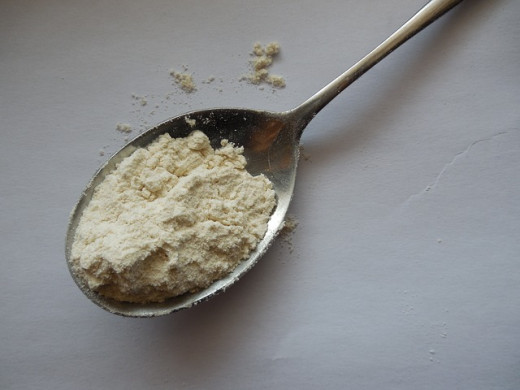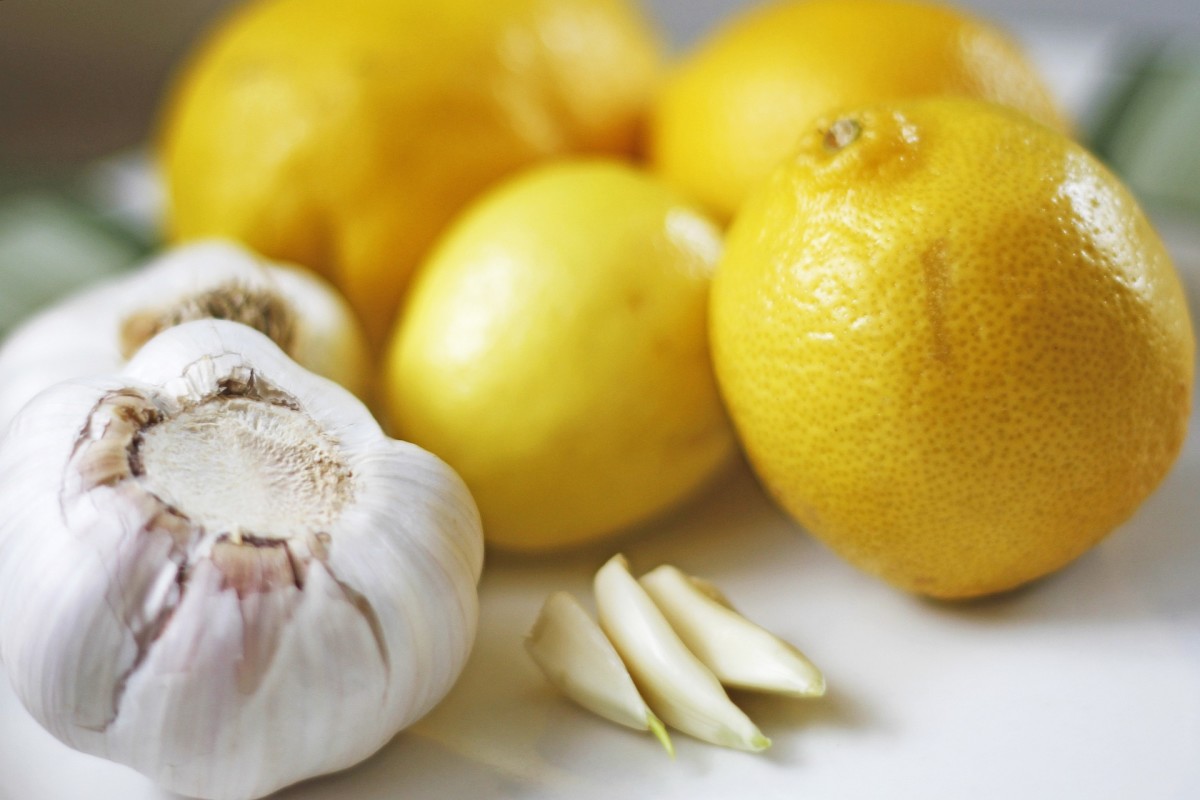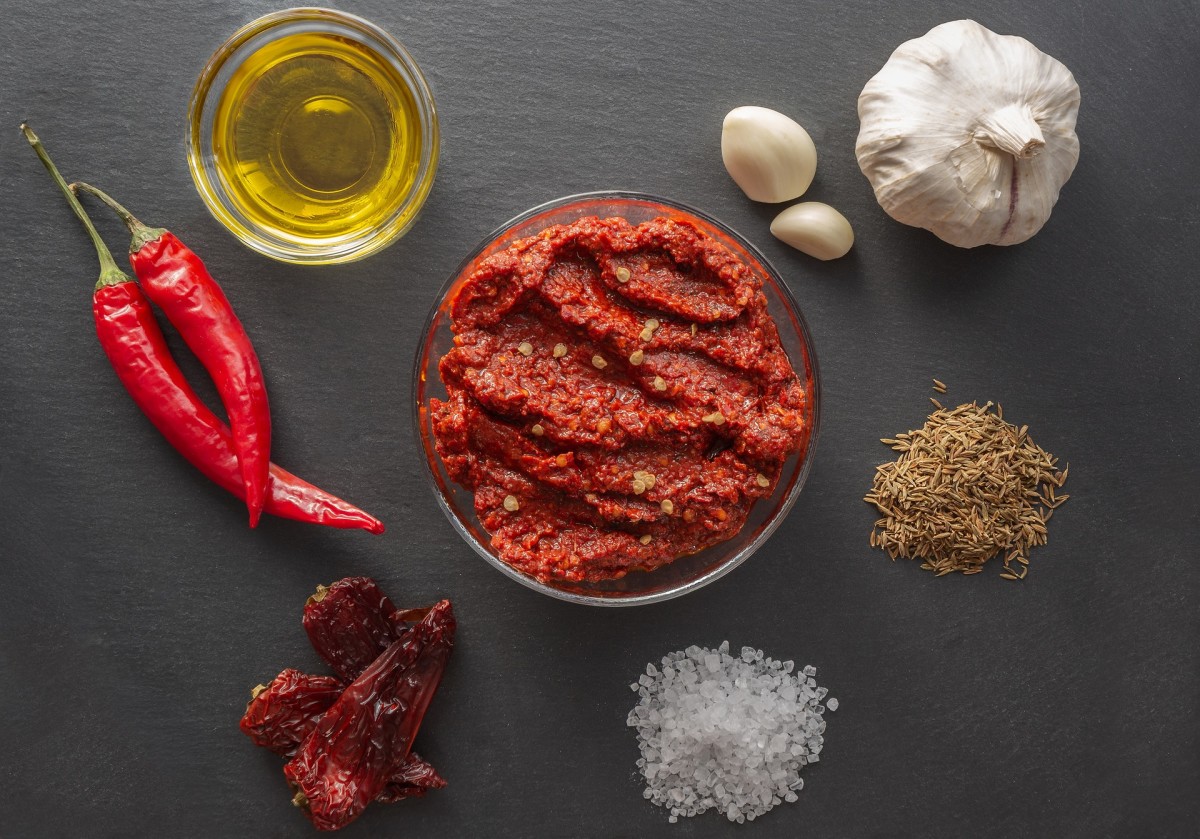The Hospitality Guru (cooking) Back to Basics: Thickening Agents for Soups & Sauces

STARCHES
Starches are the most commonly used thickening agents with wheat flour being the principal starch.
Starch thickens by gelatinisation. This is a process by which the starch granules absorb liquid and swell to many times their original size. Starch granules in their dry form tend to pack together. They need to be separated before being added to hot liquid to avoid lumps from forming and to allow maximum absorption of liquid. Lumps occur when only the starch on the outside of the granules gelatinises and forms a coating which prevents the liquid from reaching the starch inside the granules.
Starch granules may be separated by mixing with a fat (like in a roux or beurre manie), or with a cold liquid as for root starches.
A roux is made of equal quantities of fat and flour, thoroughly belended and cooked. Butter is the preferred fat, but margarine, dripping or lard can also be used. A roux must be cooked thoroughly to ensure the finished dish in which it is used does not have a raw, starchy taste.
To cook a roux, fat is melted in a deep saucepan, flour is added and both are stirred together until the required colour is achieved. Cooking should be over a moderate heat (160C degrees) as a hotter temperature restricts the absorption capacity of the starch granules.
Starch also burns easily if the heat is too high. If a starch is burned, its thickening capacity is reduced and may result in a bitter flavour.
There are three types of roux – white, blond and brown.
White roux (roux bland)
White roux is cooked just long enough to remove the raw taste and until it resembles fresh white breadcrumbs. The roux will be smooth at first and then become crumbly. When the mixture becomes smooth again, it is cooked. It should not colour. White roux is only used for béchamel.
Blond roux (roux blond)
Blond roux is cooked a little longer until it starts to take on a blonde tinge on the bottom of the pan. Continue stirring until an even colour is achieved. It is necessary to remove the pan from the heat before all the colour is obtained, as the roux continues to cook from the heat of the pan. Blond roux is used for sauces based on white stocks.
Brown roux (roux brun)
Brown roux is cooked until it takes on a light brown colour and has a nutty aroma. An alternative method of preparing a brown roux is to place the flour in an oven (160C degrees) to brown before adding it to the fat. The browner a roux, the less thickening capacity it has. Brown roux is used to thicken brown sauces.
A roux is never used by itself, but is always mixed with liquids and brought to the boil. Boiling the roux immediately thickens the liquid to which it is added and changes its characteristics. For example:
- Hot milk and white roux becomes béchamel.
- A white chicken stock and blond roux becomes a veloute sauce (velvet sauce)
- A brown beef stock and brown roux becomes an espagnole sauce.
A roux-based soup or sauce should be simmered for approximately 20 minutes to remove any floury taste and to fully develop the starch granules.
Beurre manie
Beurre manie is a mixture of equal parts of butter and flour which is worked together to form a smooth paste. It is not cooked. Beurre manie is used as a quick thickening agent for soups and sauces. It is useful because it can be added bit by bit as a last minute adjustment to a dish. If the beuree manie is boiled too vigorously once it is added to a dish, the fat will separate.
Cornstarch
Cornstarch is a white flour obtained from maize and is used to thicken puddings and sauces. It is also used in cake production.
Cornstarch must first be dissolved in cold liquid before being added to hot sauces. It thickens at 85-96C degrees and gives an opaque finish to a product. Cornstarch has no freezing stability.
Tuber and root starches
A number of tuber and root starches are used in cooking. They must be dissolved in cold water and thickened at 65-71C degrees. These starches will break down if cooked for too long and they have no freezing stability.
The most common root and tuber starches include:
- Arrowroot. This is a fine white flour made from a tuber which is a native plant of the West Indies. It is used mainly to thicken when a clear finish is required, for example in sweet sauces. Arrowroot may also be used in savoury sauces, but because of its higher cost compared to cereal starch, its use is restricted.
- Potato starch. This starch is extracted from cooked potatoes that have been dried and ground.
Modified starches
These are chemically treated starches. They are different to other starches in that they can be frozen successfully and reconstituted without losing their thickening properties. This makes them important in frozen food production.








